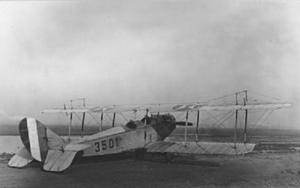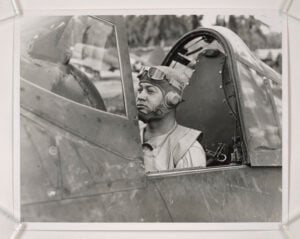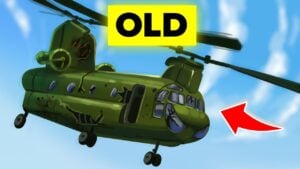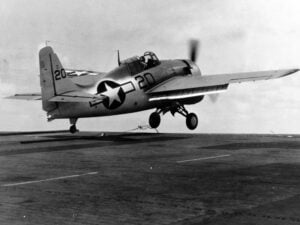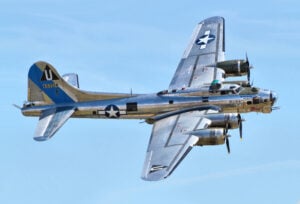P-51 vs. F4U Corsair: Which Iconic Fighter Was Superior?
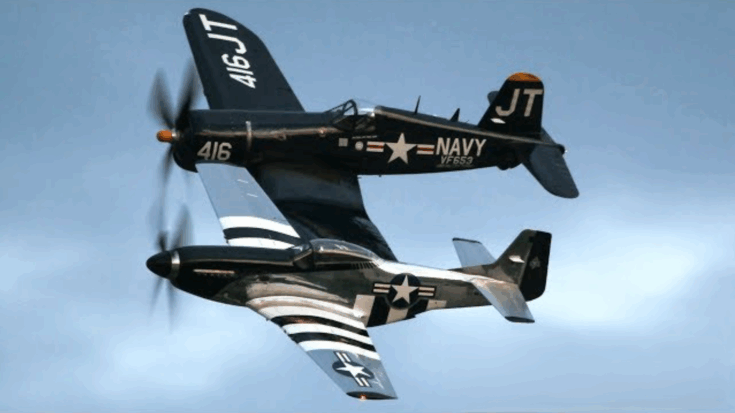
AirshowStuffVideos / YouTube
Two Icons of the Pacific
During World War II, two of America’s most well-known fighters—the P-51 Mustang and the F4U Corsair—shared the skies. Though different in many ways, both played critical roles in the Pacific campaign. Each was built for a different kind of war, shaped by its own set of strengths, weaknesses, and the harsh realities of combat in the Pacific.
The Pacific Theater was not just a battlefield in the sky. It was an exhausting environment full of heat, humidity, long flights, and constant danger. Pilots faced more than enemy aircraft; they battled weather, fatigue, and distance. In this setting, speed alone wasn’t enough. Fighters needed range, power, and endurance.
The Strengths and Limits of the P-51 Mustang
The P-51 Mustang was sleek and fast. Powered by the Rolls-Royce Merlin engine, it could fly higher and farther than most fighters of the war. Its long range allowed it to escort bombers deep into enemy territory, a major advantage in the Pacific where targets were far apart. The Mustang was at its best at high altitudes, where its performance was unmatched.
But it had its downsides. Built for altitude, the P-51 was less suited for close support near the ground. Its liquid cooling system made it vulnerable to even small hits. The landing gear was better suited to European airfields than rough Pacific runways. In short, the Mustang was a champion at high altitude, but less effective down low.
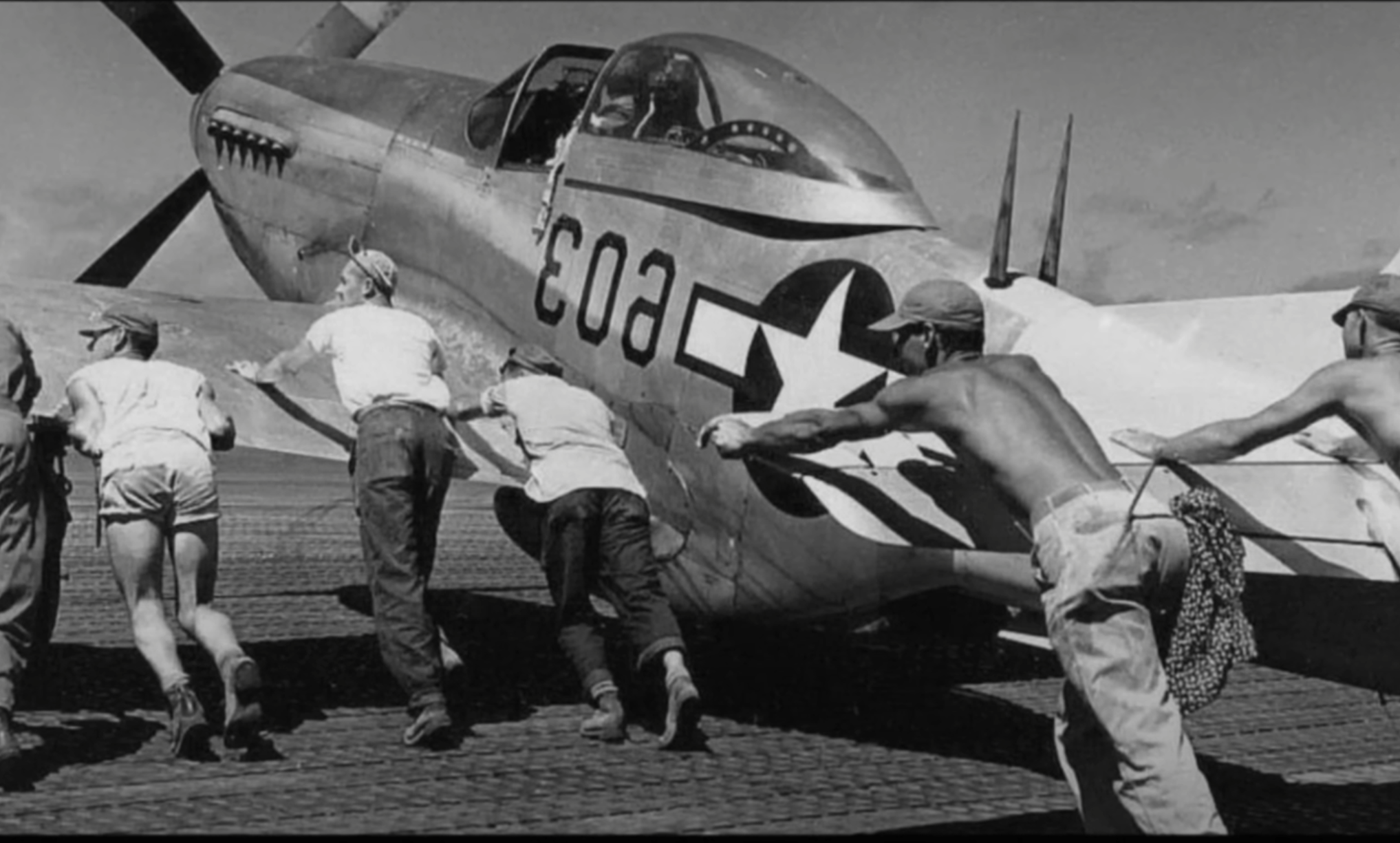
The Corsair’s Power and Durability
The F4U Corsair was built for toughness. Its unique bent wing design made room for its large propeller and powerful Pratt & Whitney engine. It was fast, heavily armed, and could take a beating. In ground attack missions and low-altitude dogfights, it was one of the most effective tools in the American arsenal.
Japanese pilots feared the Corsair for its power, speed, and even the distinct whistle it made in flight. Though it was difficult to land on carriers at first, experienced pilots learned to manage its quirks. Its ability to absorb damage and keep flying made it especially valuable in the island-hopping campaign of the Pacific.
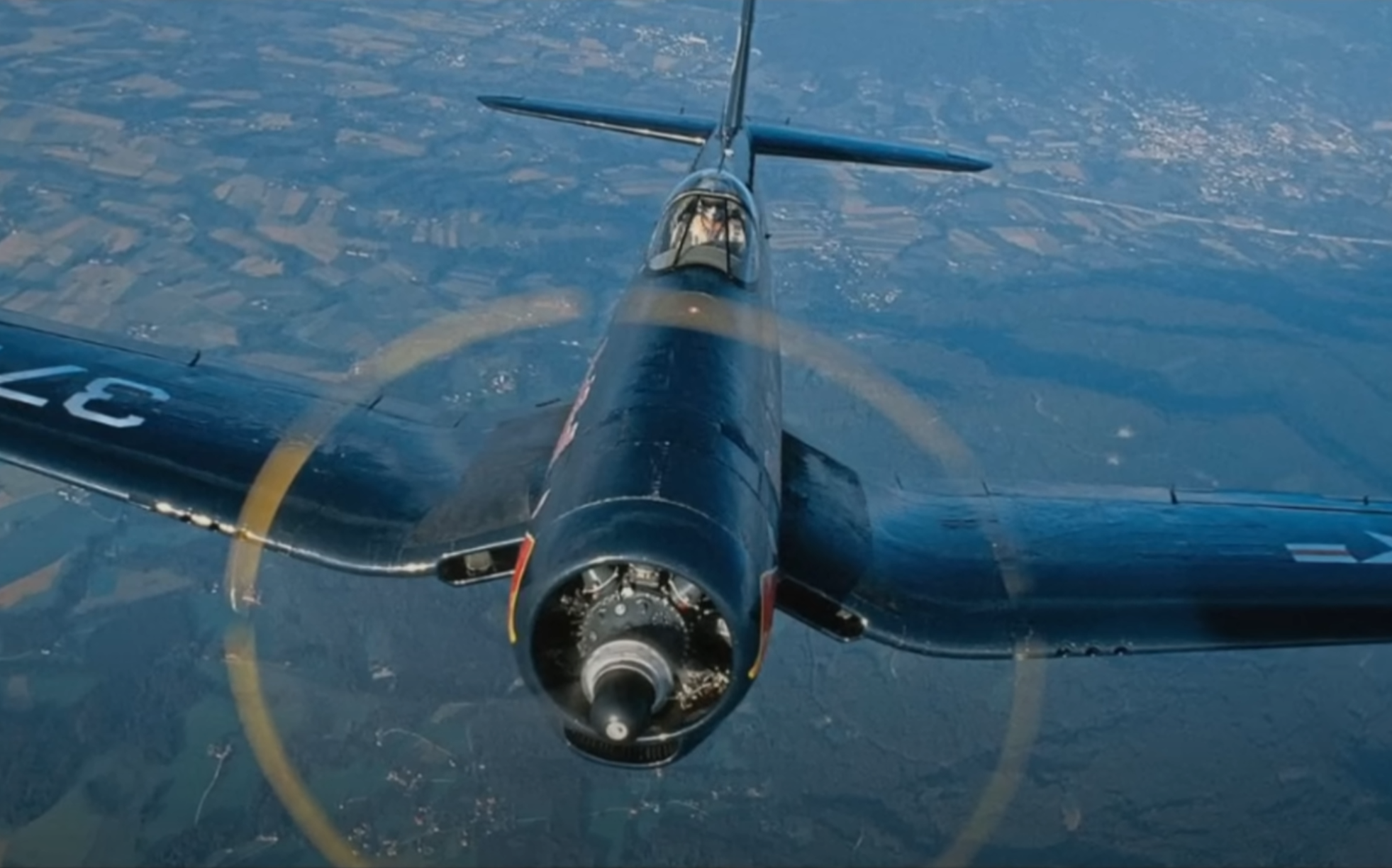
Combat Performance and Tactical Role
The P-51 and the Corsair were both used in intense air battles across the Pacific, from Iwo Jima to Okinawa. The Mustang focused on long-range escort and high-speed interception, protecting bombers and engaging fighters at altitude. The Corsair excelled in close support and direct strikes, operating from carriers and island runways.
Each aircraft brought something unique to the battlefield. The Mustang offered speed and reach. The Corsair delivered power and resilience. Pilots flying these machines were not simply dueling in the air—they were shaping the outcome of entire campaigns, often with seconds to act and little room for error.
Legacy and Human Endurance
Pilots like Chuck Yeager and Gregory “Pappy” Boyington made names for themselves flying these aircraft. But their stories were not just about aircraft performance—they were about surviving another day in a war with no guarantees. Every mission was a gamble. Every return to base was a small victory in itself.
These aircraft didn’t just help win the war. They changed the future of military aviation. Today, the P-51 and Corsair are remembered not only for their performance but for the bravery of the men who flew them. They represent more than machines. They stand as reminders of a time when survival meant pushing every limit—and winning meant flying back home.














